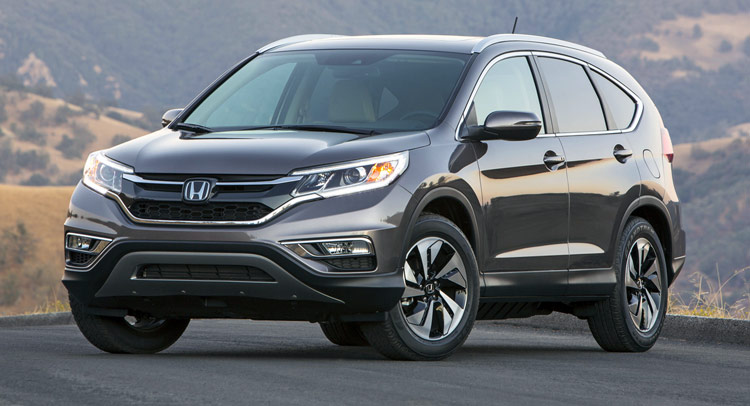It's Easier Here.
Leith Cars Blog


2015 Honda CR-V
If you’ve been researching a car lately, you might have come across the term “crossover.” It’s used to describe types of vehicles just like fellow descriptors sedan, truck, coupe, van, convertible, etc.
We’ve been seeing crossover used in a lot of different ways so we thought that we’d define what exactly a crossover is. The trick is that there is no single authority that we can quote on this. A crossover doesn’t have an established definition like “wheel” or “apple” or “dragon.”
Still, we’ll do our best. The word is still being defined by the marketplace. Manufacturers, journalists and advertisers all use the word however they want, so there’s bound to be some confusion.
Based on our research, however, a crossover is a vehicle that has a frame and body in a single uni-body structure, has higher ground clearance than a car, and has some off-road capability.
It’s basically a car that looks like an SUV. What many people call SUVs are, in fact, crossovers. This goes back to the 1990s and 2000s when people began to love the look and size of SUVs, but disliked their inefficiency and harsh ride quality.
SUVs were seen as a romantic vehicle for people who travelled to locations so exotic that a car just wouldn’t cut it. They were seen as vehicles of adventure and exploration, two themes that Americans swoon over. However, Americans also swoon over comfort and their wallets.
Crossovers solve this problem by trading in the body-on-top-of-frame design of SUVs for the uni-body construction of a car. When the frame and body are one piece, the car yields better handling and ride comfort. It also weighs less, so it burns less fuel. Thus you have a crossover that looks like an SUV but drives like a car.
Looks, essentially, are the key. The previous family vehicles were minivans and station wagons, which didn’t signal adventure or exploration at all. Their look became humdrum. To many people, they signaled family road trips, soccer practices, and trips to the mall. SUVs had the adventurous glamour, but also the connotations of being gas guzzlers and needlessly large.
By making cars that look like SUVs, automakers had cracked the code, and thus the crossover was born. Today most vehicles that look like full-size, rough-and-tumble SUVs are actually crossovers. It’s actually pretty rare to find a true SUV that uses an actual truck chassis instead of the uni-body construction.
Crossovers, in effect, are replacing SUVs because of their efficiency, superior handling, reduced body lean, impressive ride quality and attractive image. Their size advantage over sedans makes them an easy choice for many consumers.
The areas that true SUVs are superior to crossovers are off-road driving and towing. SUVs might be gas guzzlers, but they do have the power to tow heavy loads, just like a truck. Similarly, that body-on-frame structure might not be the smoothest ride, but it is excellent for covering harsh terrain. The crossover’s city-friendly design can’t win in these aspects.
We hope this information has made the crossover vehicle clearer to you. Good luck in your research.
More from my site








